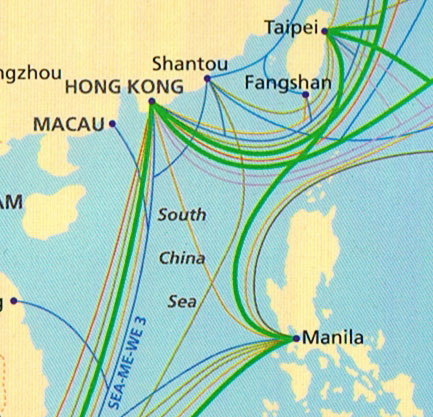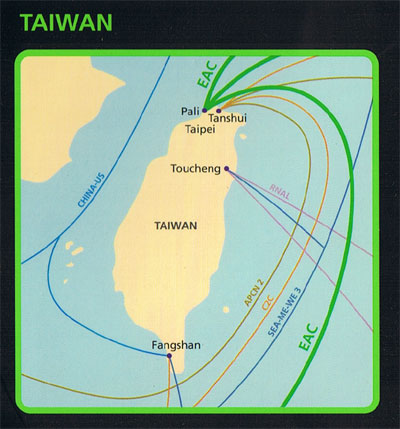February 22nd, 2007
Unconference in Singapore
» Random Musing, Technology
Last week, I attended Unconference organized by the local Entrepreneur27. Others like Kevin has covered the event so I won’t but I share some thoughts instead.
Unconference (and also BarCamp a few weeks before) is unique in many ways. It is close to what you get in the typical “cool” or “geek” event in the Silicon Valley. Very loose and informal, but always have great fun meeting people and listen to speakers talking about their thoughts, cool companies and what they are doing. This is a sharp contrast to the other tech conference in Singapore which is usually pretty boring.
More importantly, it is organized by grassroots and not by some in ivory tower up there thinking it is cool to have such event in Singapore. It is put together by students and recent graduates who sincerely believe that such event would be useful (and it is). Many of them spend a 12-18 months in Bay Area thanks to the EDB programme so they are trying to bring the culture back to Singapore.
Now, some may criticize that these events are badly organized or with weak content. While those are true to a certain extend, but bear in mind that these kind of events are non-existence in Singapore before. Regardless, I am sure (a) it will only get better and (b) there will always be complains, however well-run it is.
It is the first of many to come. And I am really glad to see this happening.







 We are slowly recovering from the disaster submarine fiber cut due to the earthquake in Taiwan. It is definitely one of the worst I remember…the last time a fiber cut affect us that badly is in 1994.
We are slowly recovering from the disaster submarine fiber cut due to the earthquake in Taiwan. It is definitely one of the worst I remember…the last time a fiber cut affect us that badly is in 1994. So when one submarine cable is severed, the operator generally have “restoration”, either on their own (self-healing cables) or using their competitors cables. This minimized the disruption. What is unusual is that this earthquake in Taiwan sever all the major cables (see above for the fibers near Taiwan).
So when one submarine cable is severed, the operator generally have “restoration”, either on their own (self-healing cables) or using their competitors cables. This minimized the disruption. What is unusual is that this earthquake in Taiwan sever all the major cables (see above for the fibers near Taiwan).